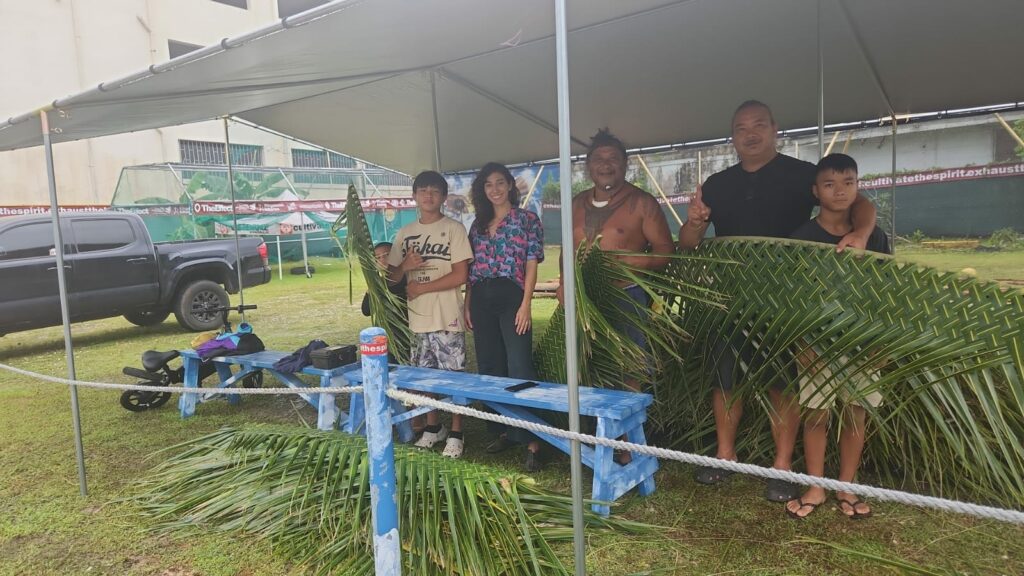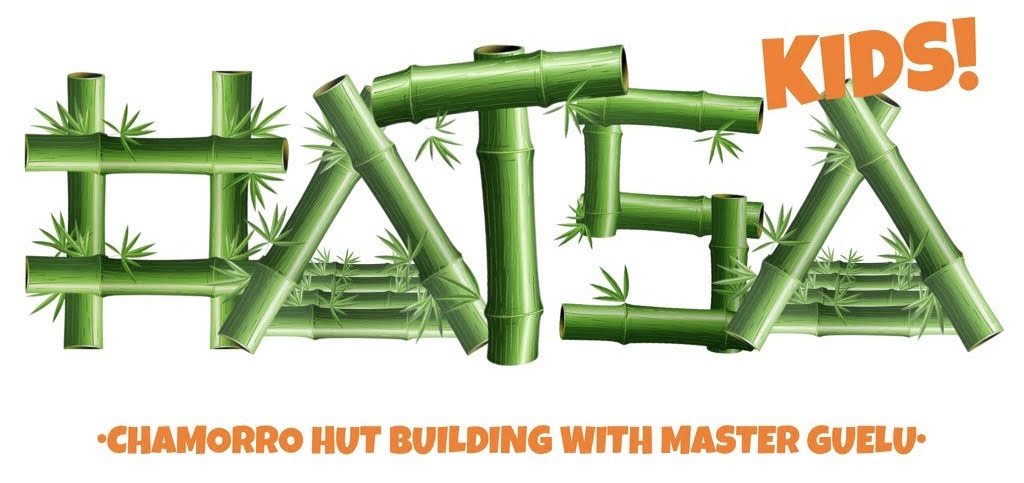
In a time when digital devices and modern conveniences seem to rule our daily lives, there’s a yearning to reconnect with our roots and authentic experiences. For the children of Guam, the HATSA KIDS Camp is answering this call by offering a hands-on education in traditional Chamorro hut building.
Under the guidance of Master Builder Guelo Rosario, the camp teaches children aged 5 to 13 the ancient and invaluable art of constructing traditional huts. But what makes this camp so significant is the depth of cultural preservation it represents.
Traditional Hut Building: A Living Legacy
The act of constructing a traditional Chamorro hut is not merely an exercise in building. It’s an exploration of history, ecology, craftsmanship, and community. Here’s how:
- Understanding the Materials: Children learn about the indigenous materials used in construction, such as coconut leaves and timber. They see firsthand how our ancestors utilized local resources in harmony with nature.
- Mastering Techniques: The construction process requires meticulous attention to detail and technique. Master Guelo teaches the children how to weave coconut leaves, bind materials, and erect structures in ways that have been passed down through generations.
- Embracing Sustainability: The use of natural, renewable materials emphasizes sustainable living. The children gain insights into how Chamorro people lived in balance with the environment.
- Building Community: Hut building is not a solitary endeavor. It requires collaboration, respect, and mutual understanding. The camp fosters teamwork and instills a sense of community that reflects traditional Chamorro values.
Implications for Cultural Preservation
The HATSA KIDS Camp is more than just a fun summer activity. It’s an essential element in cultural preservation. Here’s why:
- Tangible Connection to Heritage: By physically engaging with the materials and techniques, children form a tangible connection to their culture. They are not merely observing history; they are participating in it.
- Empowering the Next Generation: The practical skills acquired empower children with knowledge that goes beyond the classroom. They become custodians of an ancient wisdom that they can pass on to future generations.
- Reviving Interest in Traditional Practices: The camp sparks curiosity and fosters pride in Chamorro culture. It shows that traditional practices are not relics of the past but vibrant, relevant aspects of contemporary life.
- Promoting Cultural Identity: For children growing up in a globalized world, the camp offers a vital grounding in their unique cultural identity. It fosters a sense of belonging and instills pride in their Chamorro heritage.
Conclusion
The HATSA KIDS Camp is an extraordinary initiative that offers Guam’s youth an opportunity to experience their culture in the most authentic way possible. The act of building a traditional hut becomes a profound educational experience, weaving history, sustainability, community, and identity into a coherent and empowering narrative.
In a rapidly changing world, the HATSA KIDS Camp serves as a reminder that our traditional skills are not merely remnants of a bygone era but vital tools for cultural preservation and empowerment.
For those interested in embracing this hands-on history lesson, registrations are open at HatsaKids.com. Join us in building not just huts but a strong, connected, and proud Chamorro community.

